Painted Rock (Carizzo Plain)
|
Painted Rock (Carizzo Plain)
|

| Painted Rock today is part of the Carizzo Plain National Monument, which means that is protected. However, the pictographs here prior to 2001 were open to all forms of access and subject to vandalism, which resulted in considerable damage to the site when local ranchers used the pictographs for target practice. See our section on Lost or Damaged Sites for some pictures on how the site looked before this damage took place. |



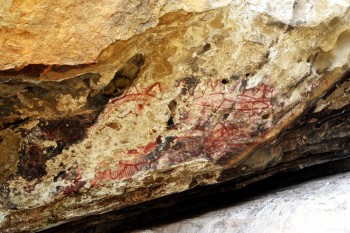
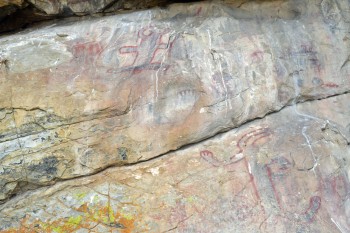
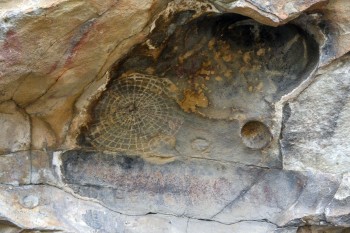
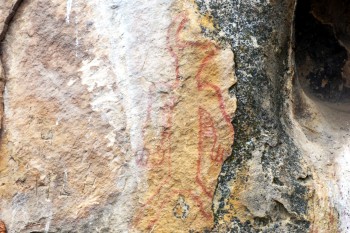
Painted Rock was also used as a livestock corral by early settlers of the Carrizo Plain
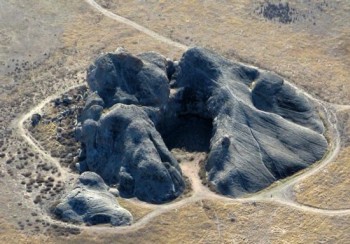

Grafitti and Bedrock Mortars at the site
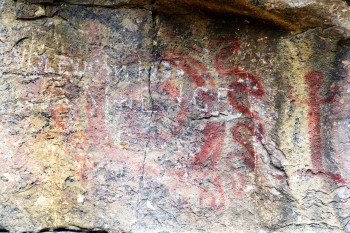
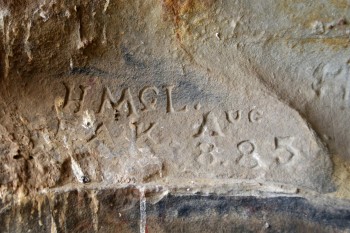
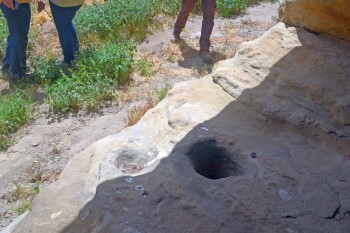
 |
|
Shown above is an illustration from Cambell Grant's (1965) book on Rock Art of the Chumash showing the main pictograph panel at Painted Rock as it originally appeared, before being vandalized many years ago by local ranchers. Below is shown an 1876 photo by Russell R.R. Holmes of the same undamaged panel. See our section on Lost or Damaged Sites for more information on the desecration of this national treasure.
|
 |
| Copyright © 1999- - Southern Sierra High Adventure Team |